|
Do you ever fall in love with a place then, when it comes to planning your next trip, struggle with the decision of returning or exploring somewhere new? This is a constant conversation in our house. We always want to explore the world and experience new cultures, but then there are those memories - sharing a bottle of red wine on warm stone steps overlooking ancient Rome; jumping off a 20-foot cliff into the clear water and swimming to the next cove to do it all over again; hiking along the narrow ridge of a volcanic crater surrounded by wild hydrangeas with the ocean on one side and a lake on the other - that we just want to go back and do all over again.
0 Comments
Central American buses at their finest. That’s what this must be. Aboard what must have been a Nicaraguan school bus in a previous life, we make the slow journey from SJDS to Rivas, along Lake Nicaragua. The bus is packed, both with locals and tourists, and it’s hot. Like, “please don’t ever stop, you’ll make the breeze stop and it’s brutal” kind of hot. But we stop constantly, to load up with as many people as possible. Which means three people to a two-seat bench and jam-packed aisles. It’s only 20 miles or so to Rivas, but the bus takes an hour. And once in Rivas, a second bus. Hot and confused, we follow when a local guy screams “Granada” at us from two feet away. And before we can even see that the bus is completely full, the “nice” gentleman throws our packs in the cargo hold below, making this bus our “final option.” Swaying back and forth in the aisle as the bus takes sharp corners at high speeds, the attendant quietly requests the 75 Cordoba fare. The rate seems a bit high, so we ask for him to say it again, but louder. He raises his voice ever so slightly, and begrudgingly, we pay up. Soon after, the locals next to us pay 40 Cordobas, and while we’re used to paying the “Gringo tax”, getting ripped off never feels good. Adding salt to the wound, the bus doesn’t even go to Granada. Nope, it goes to Managua, dropping us 11 kilometers outside of town. After a few seconds of arguing in Spanish, we’re told to jump on another bus across a field that goes into town. We get on and sit down. It’s another former school bus and we struggle to fit our backpacks in the overhead luggage rack. Frustrated, we plot how to avoid being ripped off in the future and agree never to pay a fare until we’ve seen a local pay first. This plan alleviates some of the pain and we start to enjoy the rest of the ride into town. Granada offers the best of colonialism. It’s long gone, but the architecture remains. Intensely colorful and ornate colonial era buildings make this town an amazing place to explore. Full of sun-drenched streets, beautiful plazas, horse-drawn carriages and historic churches, it’s a cultural capital in Nicaragua. Resting on the north end of Lake Nicaragua, the world's twentieth largest lake, it’s home to 124,000 people as well as a number of expats. We venture down to the lake, stroll through the markets, and eat at some excellent cafes with impressive community engagement and give-back programs. We steer clear of participating in the not-so-romantic horse drawn carriage ride after seeing some seriously struggling horses grazing by the lake. Malnourished and with open wounds up and down their spines, we begin to notice the trend with nearly every other horse we see around town. A reminder to think about what it is you’re supporting before jumping into the expected tourist activity. The day before we leave, the local professional baseball team is playing. Less than a mile outside of town is Estadio Flor de Cana (Roque T. Zavala) where the Orientals de Granada are hosting the Rivas Gigantes. Thirty Cordobas (About $1) gets us general seating along the first base line, behind the Orientals dugout. We’re the only foreigners in the crowd, which is something we thoroughly enjoy. Rivas scores a run in the first inning, but after a pair of hits and some costly errors, the Orientals take a 3-1 lead in the fourth. Another three runs in the fifth and it’s looking like a blowout. Ice cold Tonas in hand, we eat some local street food (a tortilla, slice of cheese, roasted onions, and crema roll-up), while taking in the small but raucous crowd around us. Rivas hits home runs in the seventh and eighth to make it a 2-run game, but Granada brings in their closer to shut things down and take home the win. It’s our first taste of live baseball in almost a year and it’s well worth it. $5 for tickets, beers, and snacks. A steal of a deal. Our time in Granada ends with a short bus ride to Managua, the capital of Nicaragua. Next up, a 10-hour journey through Honduras to the 18th country on our world trip, El Salvador.
Three days, three flights, and three countries later, San Juan Del Sur appears before us as an oasis from the chaos of travel. Flying from Buenos Aires to Central America using MileagePlus miles means long layovers in both Santiago and Bogota, before reaching our first destination, San Jose, Costa Rica. Nearly 24 hours later and we're in the small coastal town of Puntarenas, Costa Rica, a stopover on our way up north to Nicaragua. San Juan Del Sur, SJDS as it’s affectionately and efficiently referred to, is a surf town through and through. A small village on a beautiful bay retreating to land from the Pacific Ocean, it’s streets are full of hotels and hostels, taco trucks, chill cafes, beachside restaurants, and surf shacks. It’s a place where many Americans have visited and later moved to escape “traditional” jobs to live the “good life.” Like many beach towns, it’s laid back and relaxed atmosphere makes time seem to stand still. When we arrive in SJDS we do what any sane person would do. We head to the beach. Then we eat tacos and drink beer. And each morning, we enjoy the traditional “Nica” breakfast of red beans and rice, eggs, tortilla, and avocado. Apply Nica chile sauce (delicious stuff - like a cross between Tapatio, Sriracha, and Tabasco) and you’re all set. Back to the beach, a couple more beers, more delicious Nica food for dinner, and we’ve quickly become believers in the SJDS way of life. It’s just like showering. Lather, rinse, repeat. Over and over again. While our stay in SJDS is mostly uneventful, our last day is quite the opposite. We start the morning with a hearty Nica breakfast, then head off to the “Cristo” statue for a view of the town from above. After a steep climb and drenched in sweat, we make it to the top and relish the breeze that blows across the hilltop, absorbing the gorgeous views of this quaint Central American town. Inspired by a few beaches we spot in the distance, we start to hike north. Along the dusty dirt roads on the outskirts of town, until a small trail leading to the beach appears. Through the trees and past a group of friendly cows, we walk out onto Nacascolo Bay, just north of SJDS. We stroll along the rocky beach and head around the northern point of the small bay, passing tide pools along the rocky outcroppings, shadows of cacti looming upon them. Past one more small bay, up and around another point, we stare, jaws dropped, upon a stunning white sand beach. It’s completely protected from the Pacific’s forceful waves, the crystal clear water gently lapping against the stretch of soft white sand. And we’re the only ones here.
After a few hours at this magical place, we head back to town. In a few weeks we’ll be in Mexico, on the Caribbean Sea, where we expect this kind of thing. But here, in a surf town in Nicaragua, on the Pacific Ocean, we’re caught totally by surprise. Which, not surprisingly, is what makes it so incredible. |
Cohica TravelA travel design agency. Categories
All
Archives
October 2023
Follow us on Instagram @CohicaTravel
|

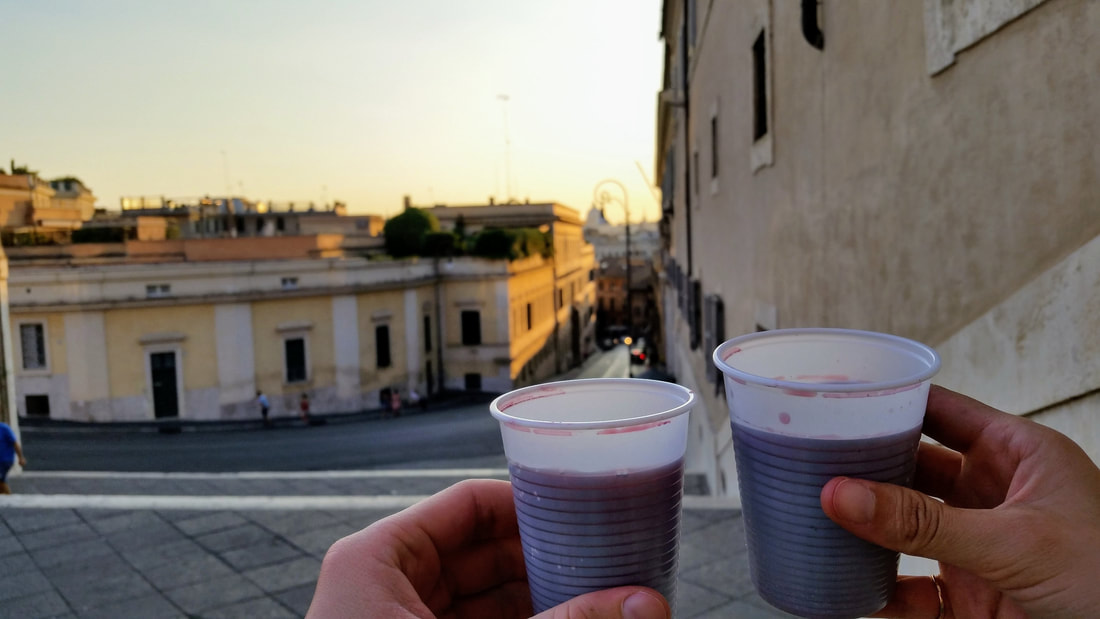
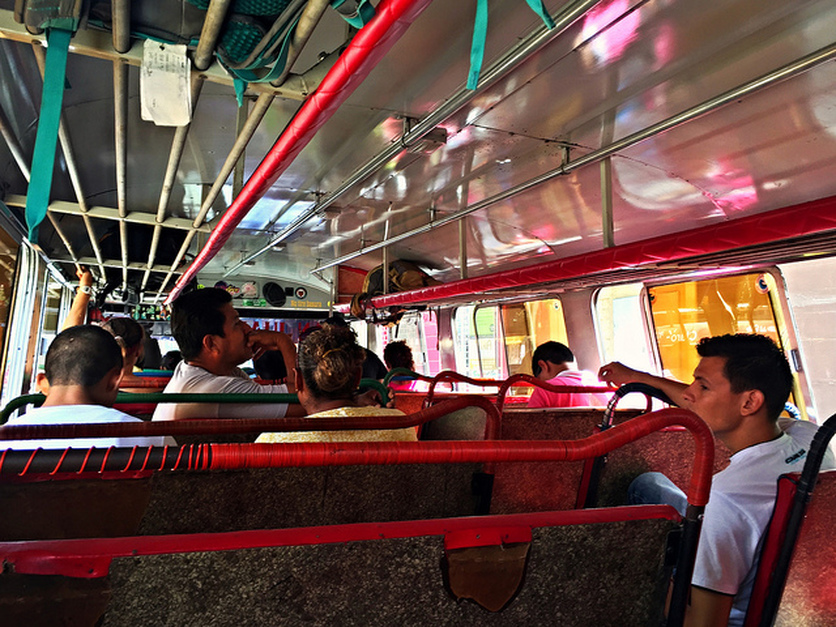
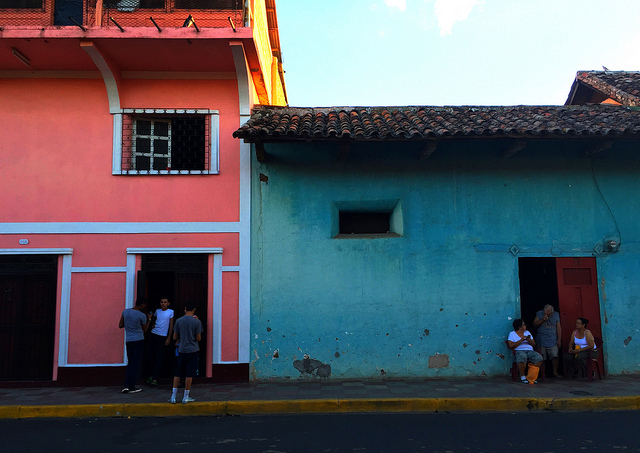
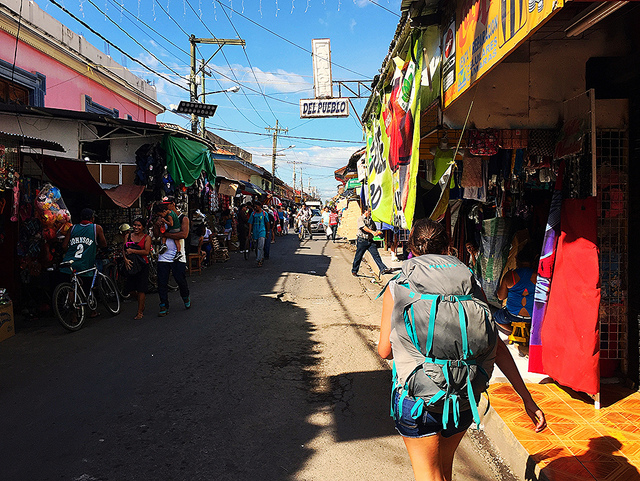
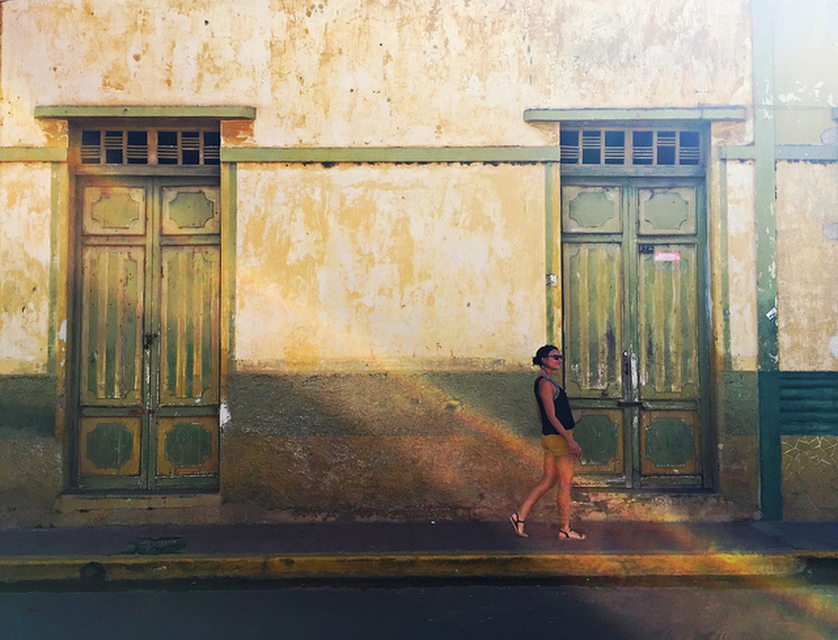
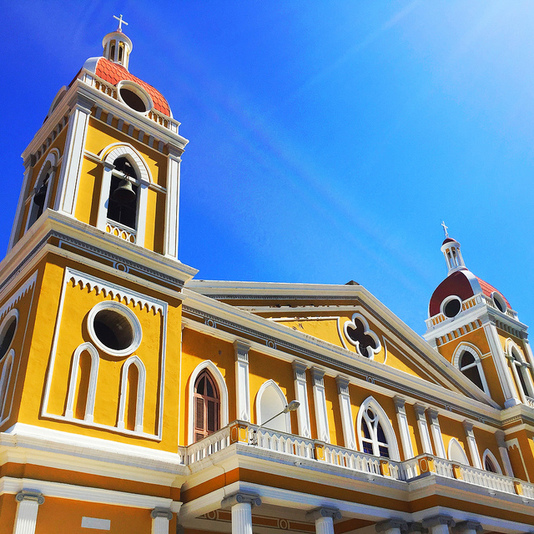
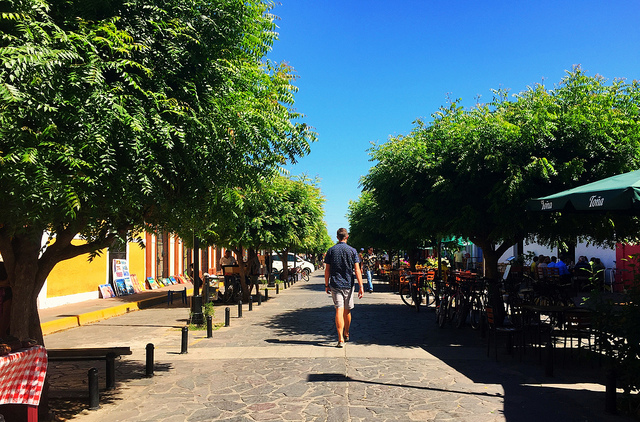
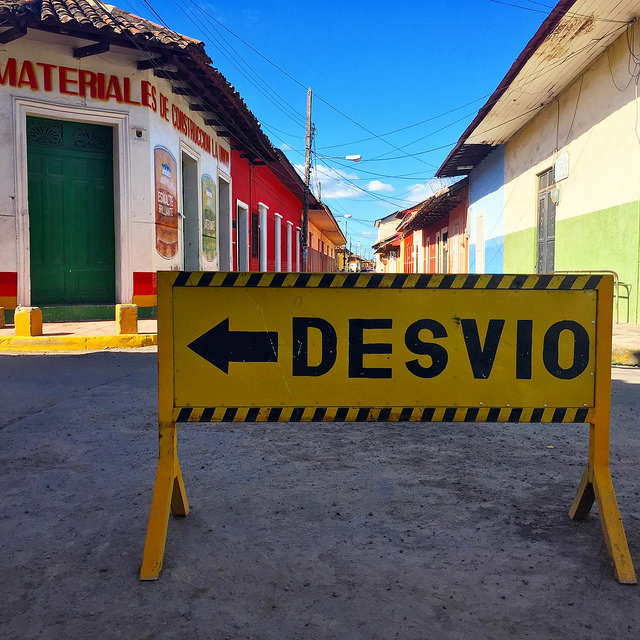
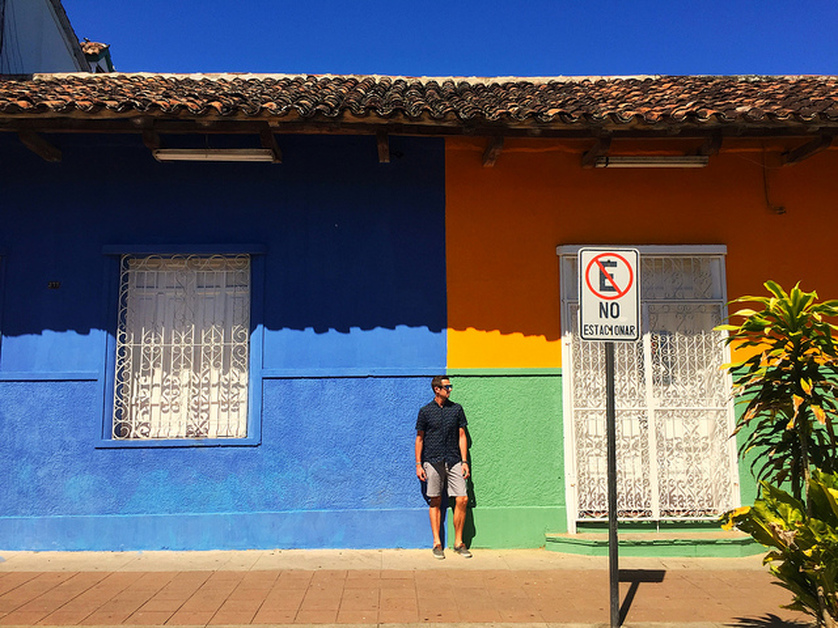
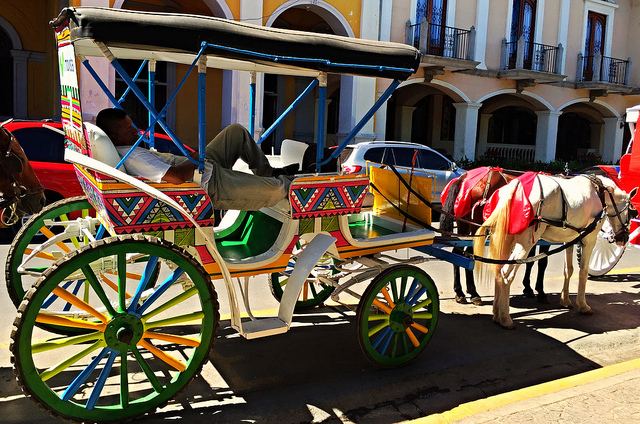
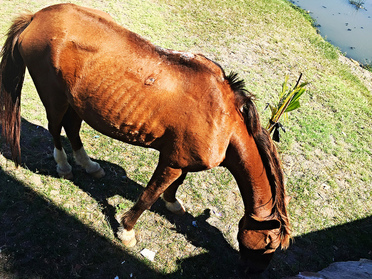
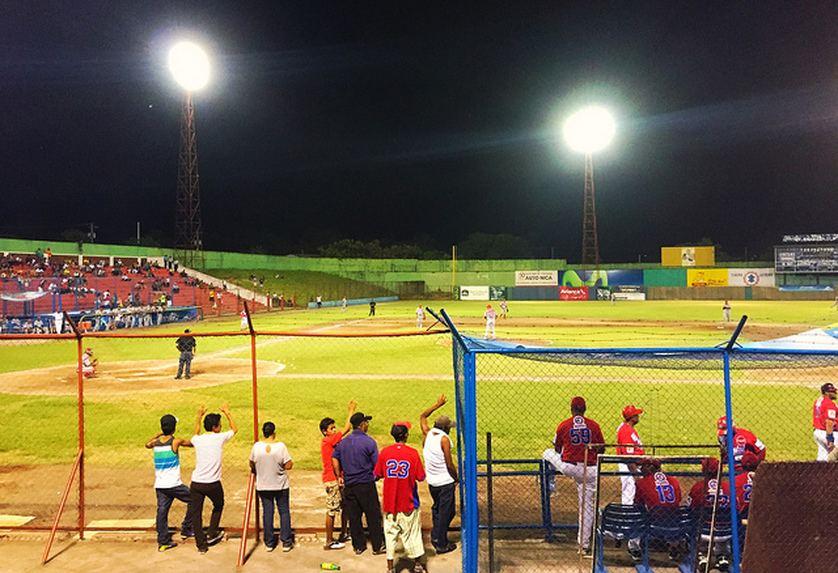
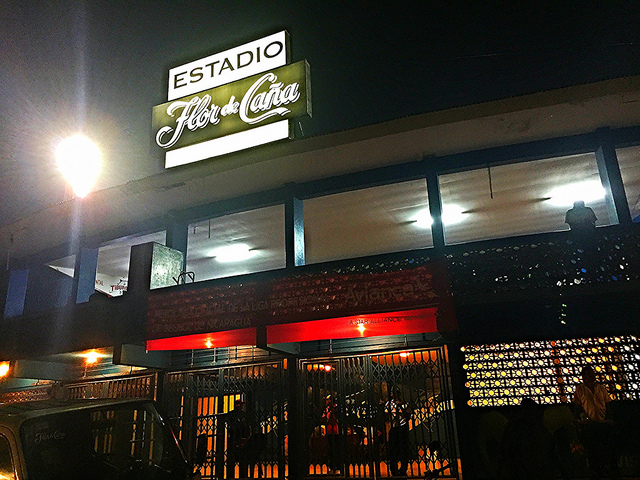
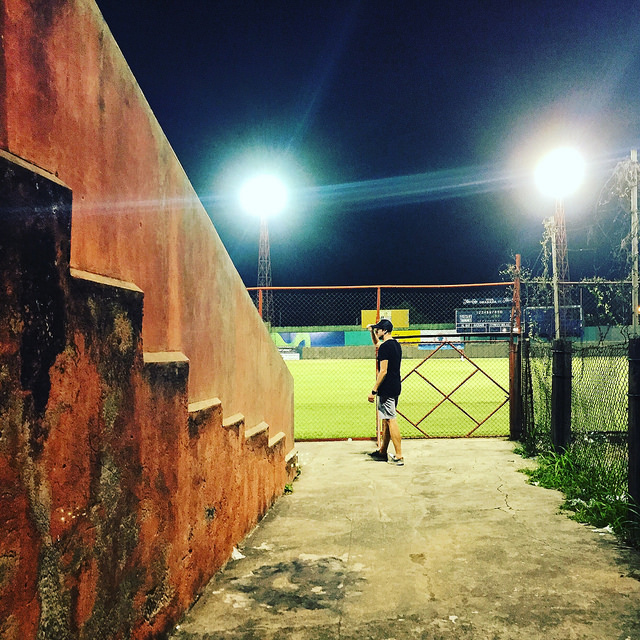
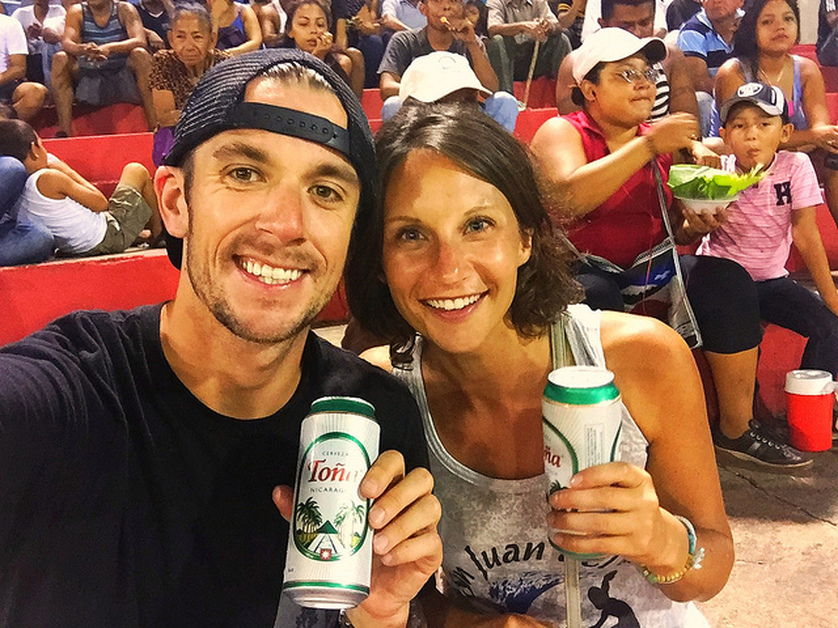
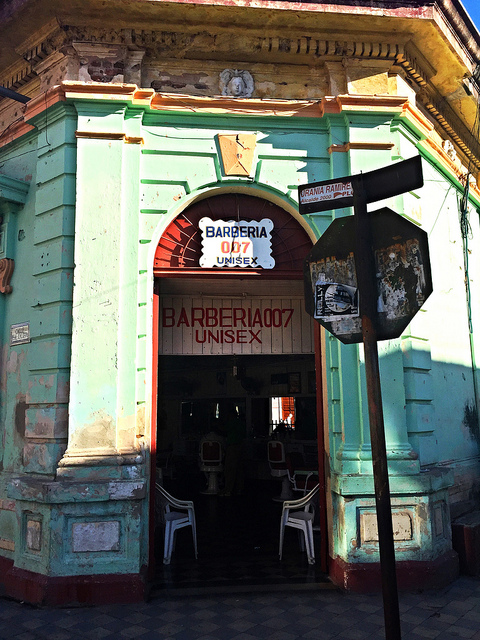
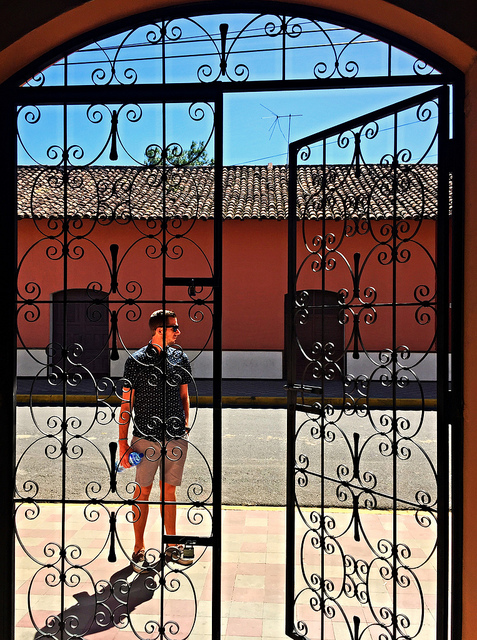
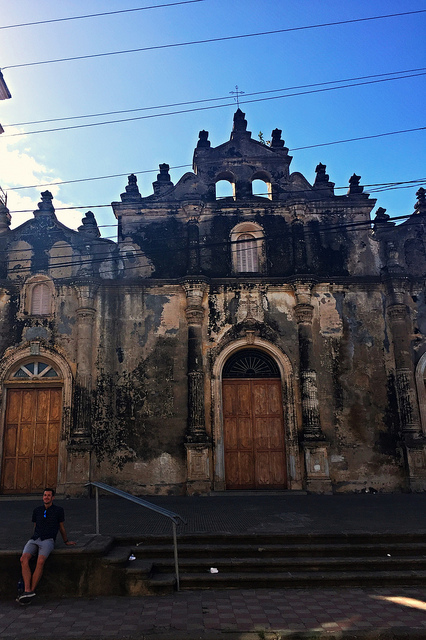
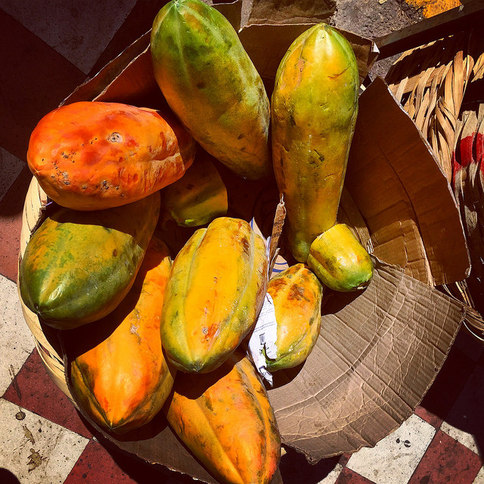
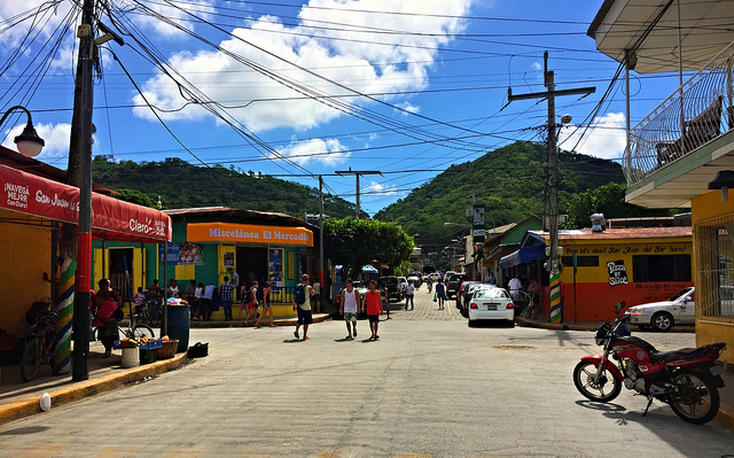
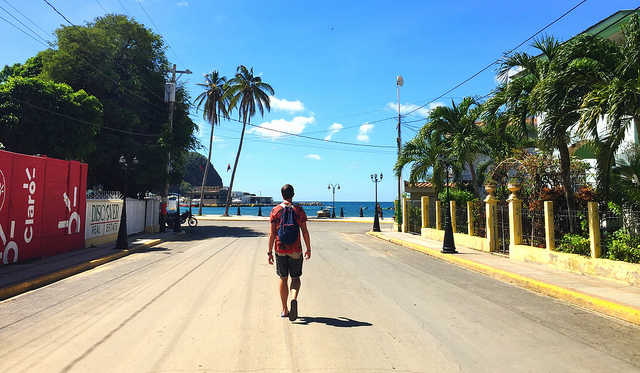
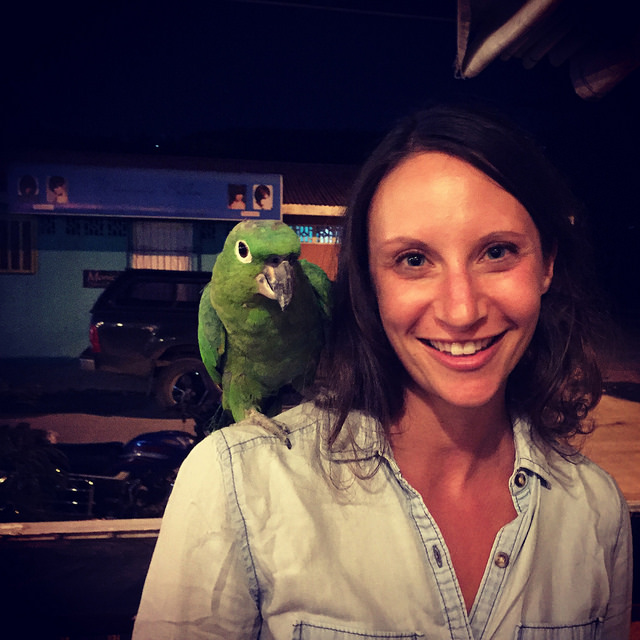
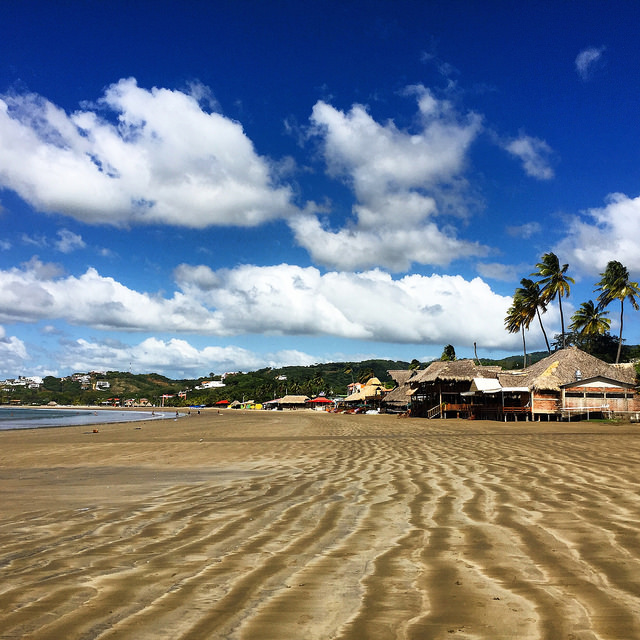
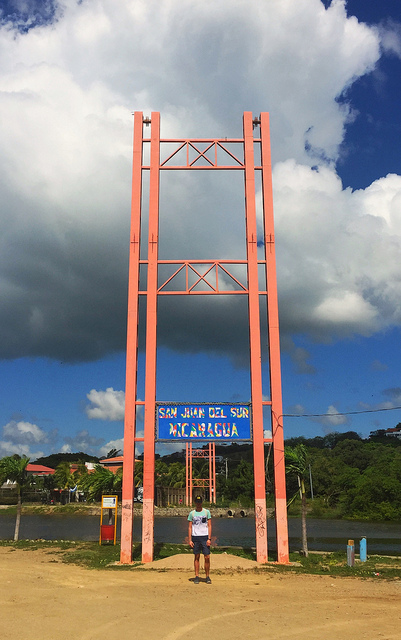
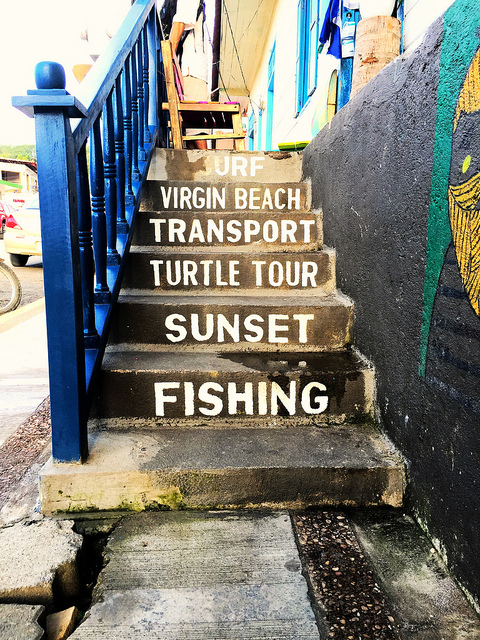
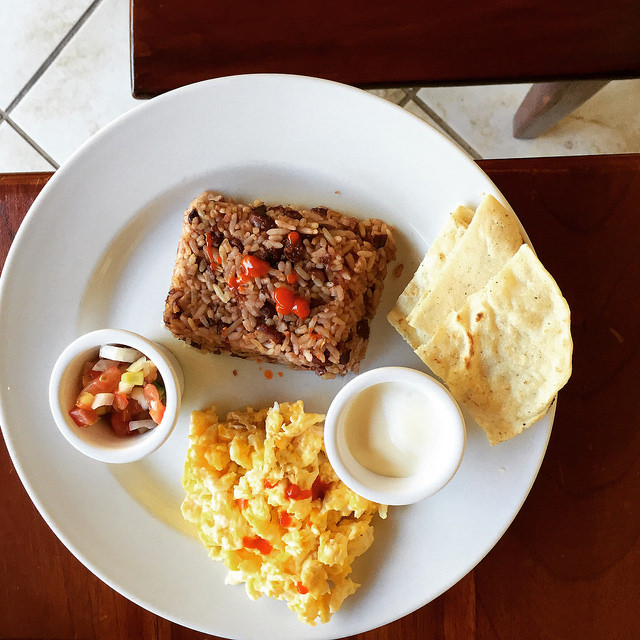
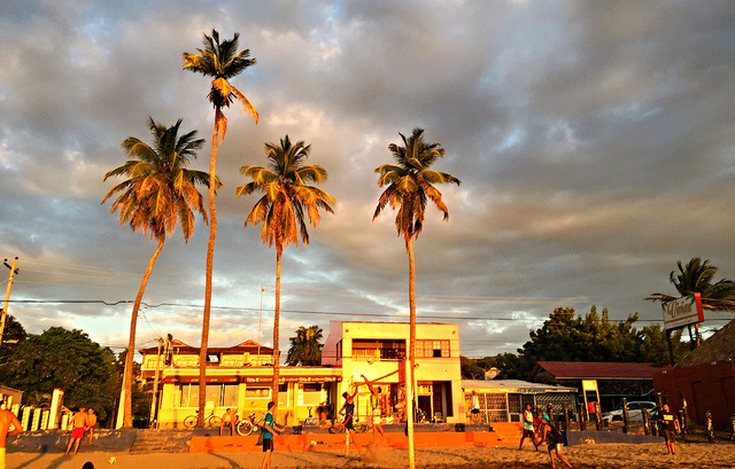
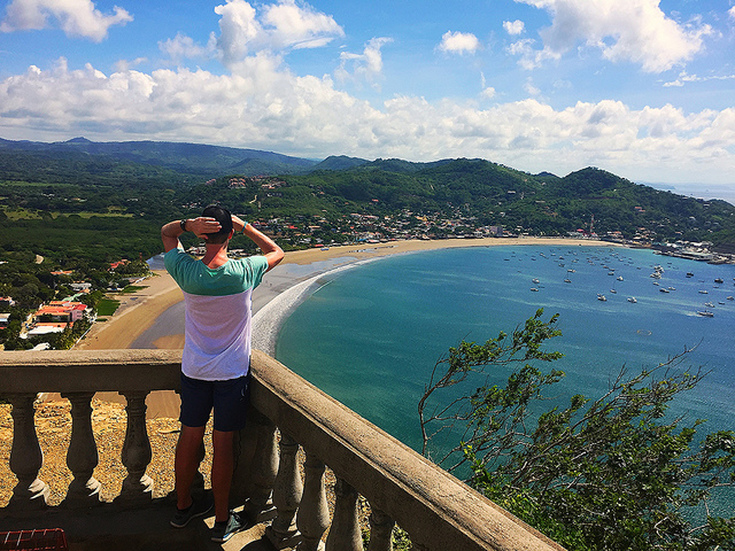
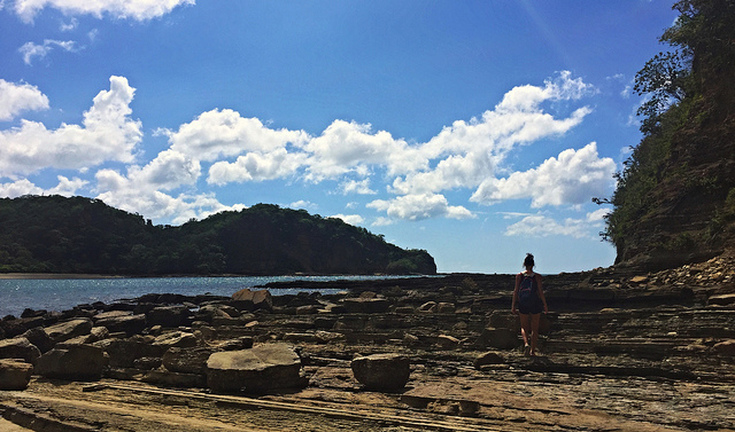
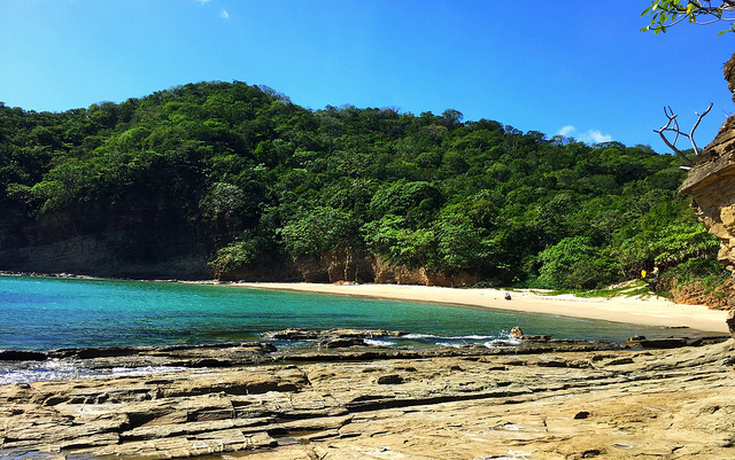
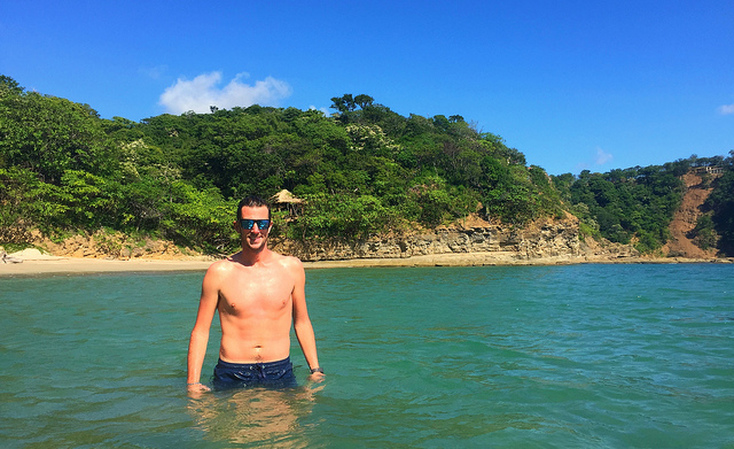
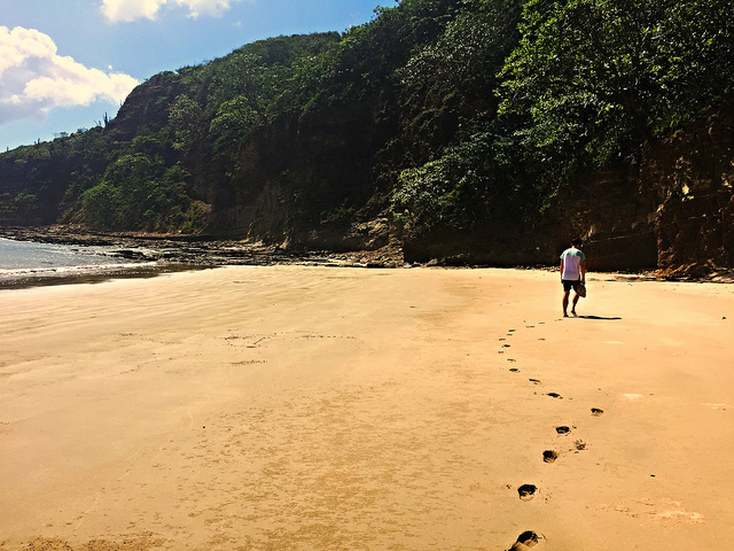
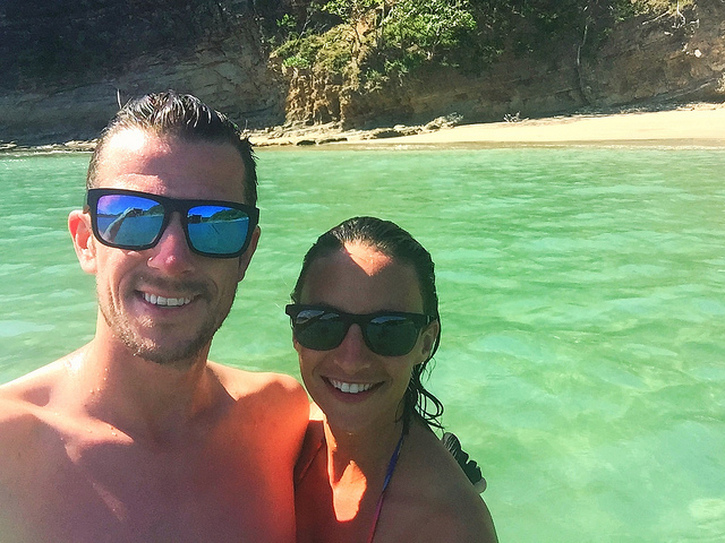
 RSS Feed
RSS Feed
